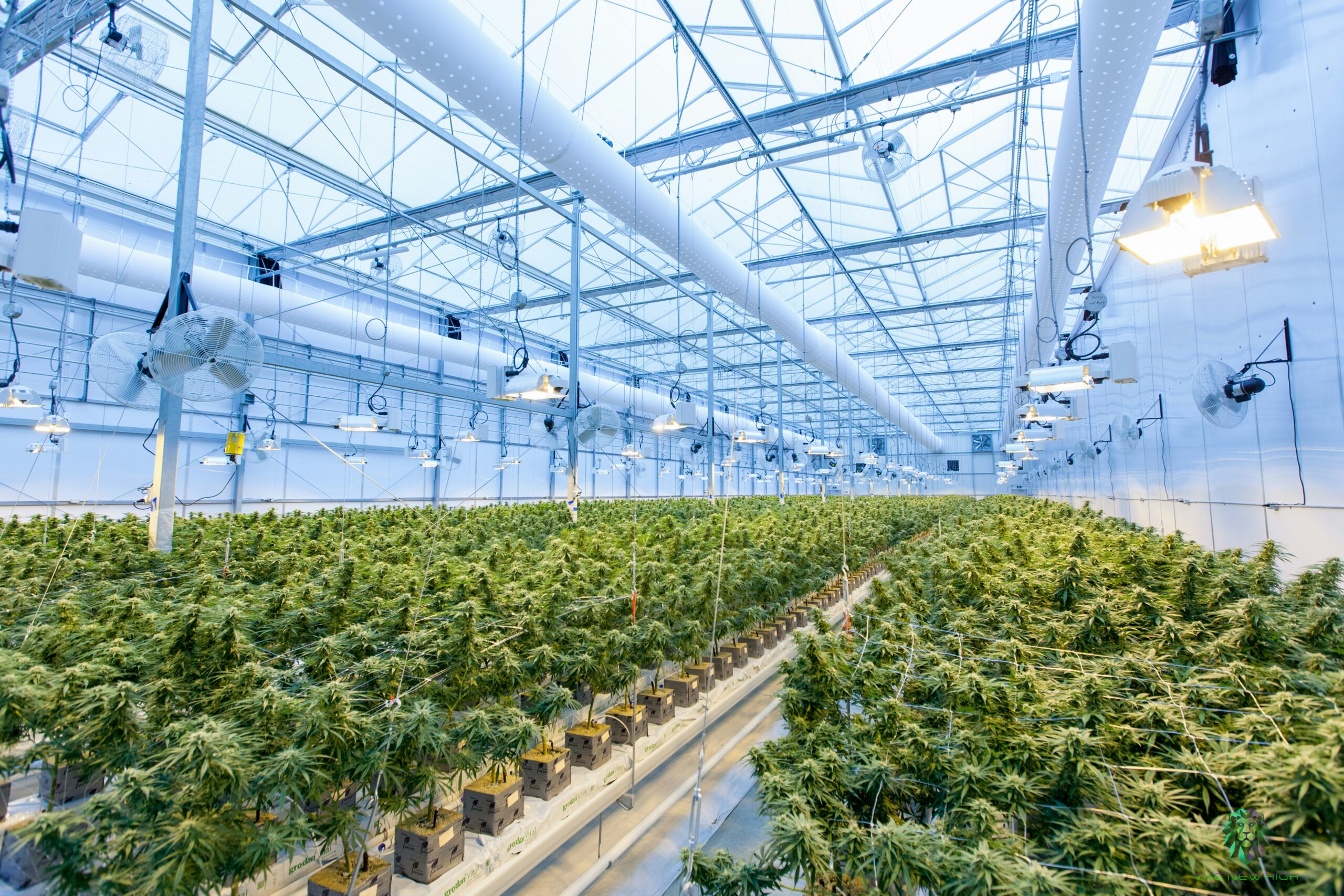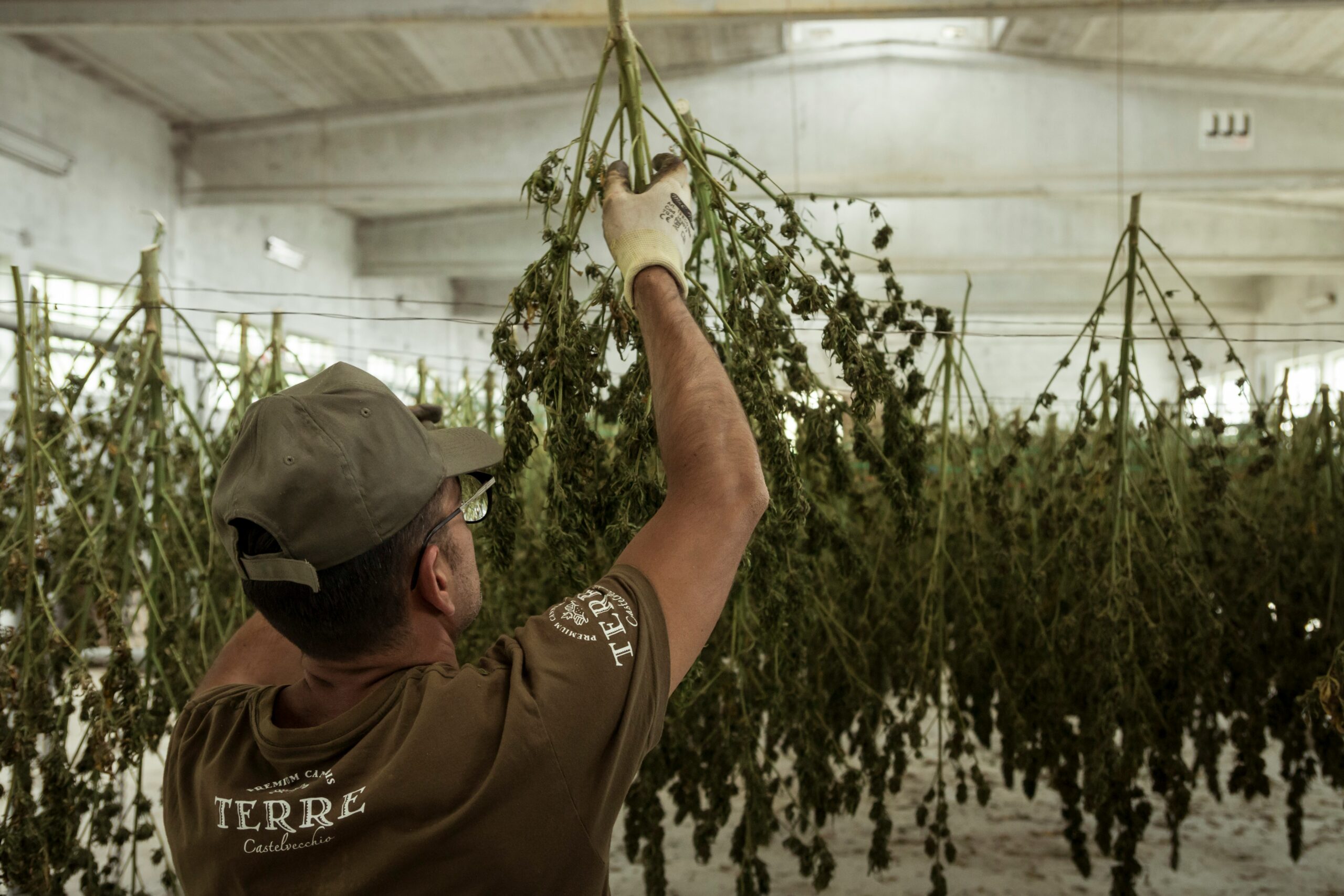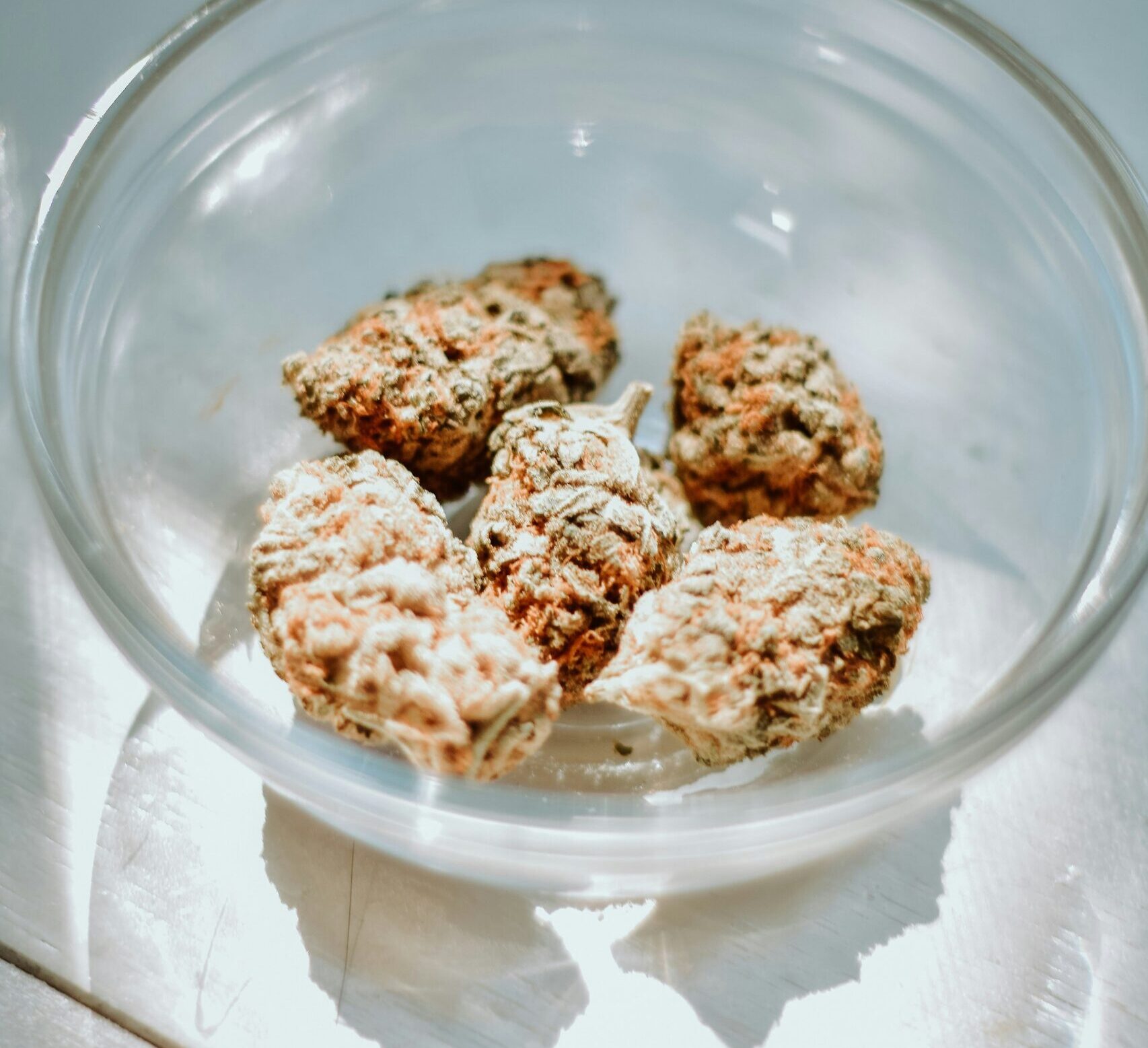Have you ever wondered how your favorite cannabis products are made? The journey from a tiny cannabis seed to the final product on a dispensary shelf is a complex process involving multiple stages and a lot of specialized knowledge.
We want to give you the inside scoop on what it takes to get from seed to shelf and hopefully give everyone a better understanding and appreciation of the products that they use.
Cultivation
The journey begins with cultivation, where cannabis seeds are planted and grown under controlled conditions. Cultivation can take place either outdoors or indoors, with each method having its advantages and challenges.
Going with indoor growing allows the grower more control over environmental factors like light, temperature, and humidity. This method allows for multiple harvests per year and generally produces higher quality buds. However, it can be more expensive due the equipment required for indoor cultivation and the potential need to purchase or rent said indoor space.

Outdoor growing is more cost-effective and generally has a lower barrier to entry for people who are just getting started. However, it relies on natural sunlight and seasonal cycles therefore making it more susceptible to things like weather conditions and pests.
Cannabis plants go through several growth stages:
When the plants reach maturity, typically 8-12 weeks after the flowering stage begins, it’s time to harvest. Growers carefully examine the trichomes, which are tiny resin glands on the buds, to determine the optimal harvest time. Monitoring the changes in their color helps the growers to know when the plant is at peak potency.
Harvesting involves cutting the plants and trimming the buds. Trimming removes excess leaves and stems, which can be done manually or with machines. Trimming the buds ensures a cleaner final product and better aesthetic appeal.
After harvesting, the buds must be dried and cured to preserve their potency, flavor, and aroma.
First the buds are hung upside down in a controlled environment with low humidity and proper ventilation for about 7-10 days to dry them. This process reduces moisture content and prevents mold growth.
Once they are dried, they are then cured. The buds are placed in airtight containers and stored in a cool, dark place. Curing can last for several weeks to several months. This allows the buds to develop a smoother taste and enhanced potency.
For things like flower, pre-rolls and similar products they go through a final inspection and trimming before moving on to testing and packaging but other products require a couple of extra steps before they’re ready to go.

For products like oils, tinctures, and concentrates, cannabinoids must be extracted from the plant material. There are several extraction methods and each one produces different types of products.
Solvent Extraction uses solvents like ethanol, butane, or CO2 to dissolve cannabinoids and terpenes from the plant. The solvent is then evaporated, leaving behind a concentrated extract.
CO2 Extraction is a similar process where CO2 is run over the plant material where it dissolves those cannabinoids and terpenes. The CO2 is then evaporated leaving only the cannabinoids and terpenes behind. This extraction method is popular because it produces a clean, high-quality product without residual solvents.
Rosin Pressing is another solventless extraction method where heat and pressure are applied to the cannabis buds to extract the cannabinoids. This process allows the resin to be extracted without the use of chemicals, which makes it another popular method.
Extracts often undergo further refinement to enhance purity and potency. This step includes:
Refined extracts are then used to create a variety of cannabis products. Formulation involves mixing the extract with other ingredients to achieve the desired effect and form. Common cannabis products include:
Before reaching consumers, all cannabis products must undergo rigorous testing to ensure safety, potency, and compliance with regulations. Testing labs check for cannabinoid content, terpene profiles, and contaminants like pesticides, mold, and heavy metals.
All licensed facilities that produce cannabis products are required to meet state regulations when it comes to testing in order to maintain their. Regular testing and quality control ensures that products meet the required standards and provide consistent effects.

Once tested and approved, cannabis products are packaged in compliance with regulatory guidelines. Packaging must be child-resistant, tamper-evident, and include proper labeling with information about potency, ingredients, and usage instructions.
The final step is distribution, where products are shipped to dispensaries and retailers, ready for consumers to purchase and enjoy.
The journey of cannabis products from seed to sale is a meticulous process involving careful cultivation, precise extraction, rigorous testing, and compliant packaging. Each step is crucial to ensure the final product is safe, effective, and enjoyable for consumers.
You can actually see and experience the payoff of this entire process in NatureMed’s inhouse products! NatureMed has a cultivation facility, located right here in Tucson, where we grow, harvest, process and package all of our inhouse brand products. You can shop those products by going to our website or stopping by NatureMed.
If all of that just made you more excited to use your favorite products, then make sure you stop by NatureMed and stock up. Check out our online menu to see all that we have to offer as well as our specials page to see all the ways you can save!